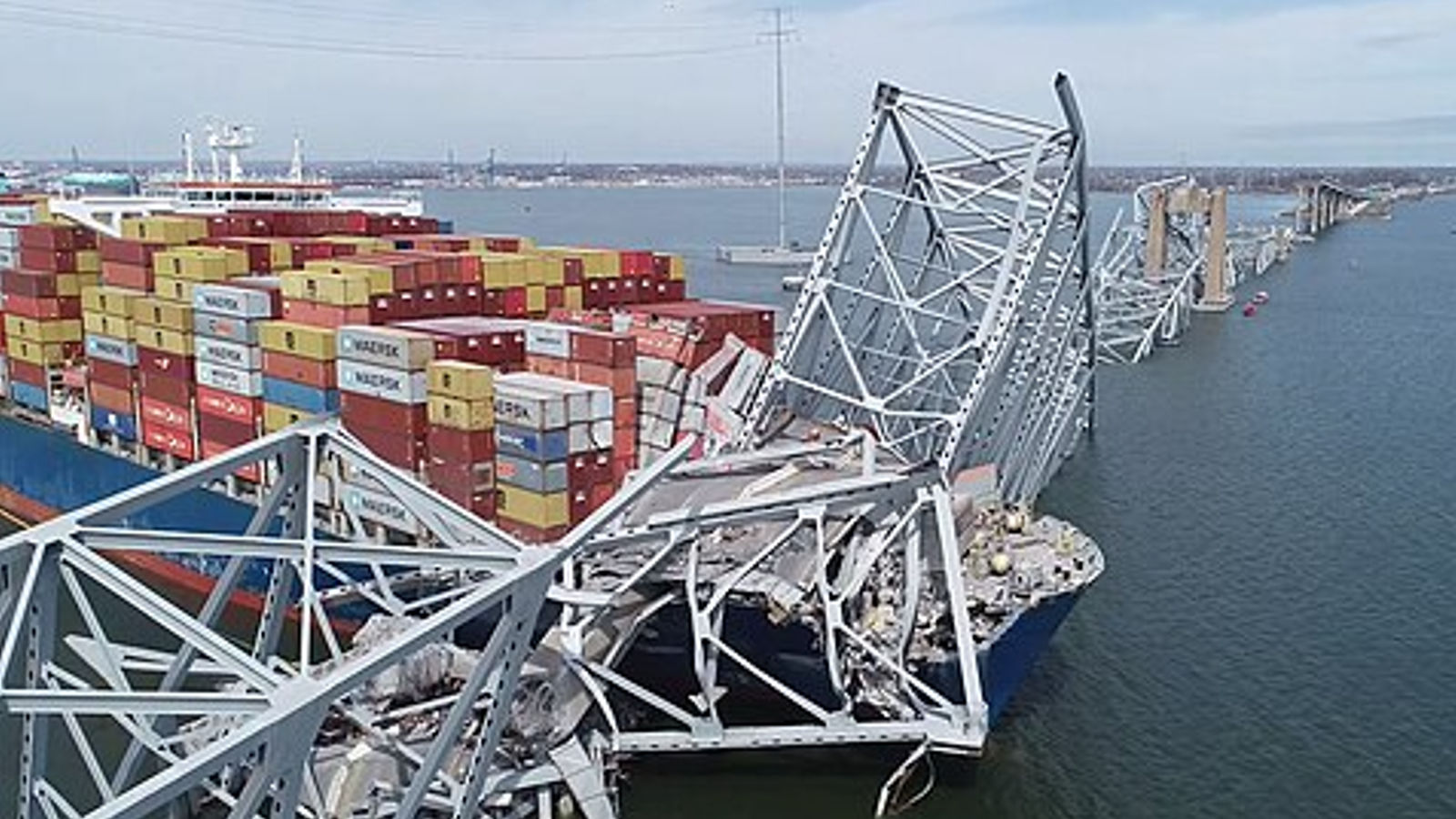At one hour past midnight on March 26, 2024, the Singaporean container ship MV Dali collided with a vital support pier of the Francis Scott Key Bridge in Baltimore, leading to the total collapse of the bridge’s main spans. An accident of this caliber with modern-day technology sounds alarms about bridge safety, sparking concerns as many commuters traverse them daily. Incidents of this nature prompt heightened awareness regarding the importance of proper precautions and driving protocols near bodies of water, highlighting the potential emergencies that may arise from such situations.
The collision occurred as the MV Dali, setting out from the Port of Baltimore heading for Sri Lanka, suddenly suffered a complete blackout, causing all systems to fail, including propulsion. Security footage reveals that the ship’s lights flickered as smoke began to rise out of its funnel. Without active propulsion, the crew could not avert the impending disaster with the boat on a direct collision course with the southwest pier of the central bridge span.
Four minutes after the initial power loss, the ship struck the support, causing the bridge to break into multiple pieces and collapse into the Chesapeake Bay. As the sun rose in the early morning, footage from the scene showed the extent of the damage: sections of twisted metal from the former bridge protruded from the water. At the same time, the container ship sat stationary, covered in the wreckage that fell from above. Immediately, search and rescue operations commenced in the near-freezing water, looking for eight unaccounted individuals. Using sonar, the Coast Guard found five submerged passenger vehicles that fell from the bridge. Two people were rescued, four bodies were recovered and confirmed dead, and two remain missing and presumed dead.
The potential casualty count could have been significantly higher. At 1:28 am, road traffic on the bridge was at a minimum. Additionally, the quick response of emergency services following a mayday call from the ship blocked approaching traffic from crossing, with the last moving vehicle vacating the area just 40 seconds before impact. Following the collapse, according to the lawyer of one of the survivors, they escaped their submerging vehicle by rolling down their window and swimming out at the last second.
In Massachusetts, there are fewer massive bridges spanning across channels. The Tobin Bridge in Boston stands as the only example similar to the Francis Scott Key Bridge. While maritime traffic sails under its spans daily, there are critical differences between the Tobin and Francis Scott Key bridges. The Port of Boston is smaller than Baltimore’s, seeing many more boats smaller than the MV Dali. Furthermore, engineers ensure that the Tobin is sturdy enough to withstand a collision with a ship. Commuters in Massachusetts can drive safely knowing that their bridges are safe. However, they should still be aware of the improbable event of an emergency and the methods to avoid severe harm or death, such as escaping from a submerged vehicle.





